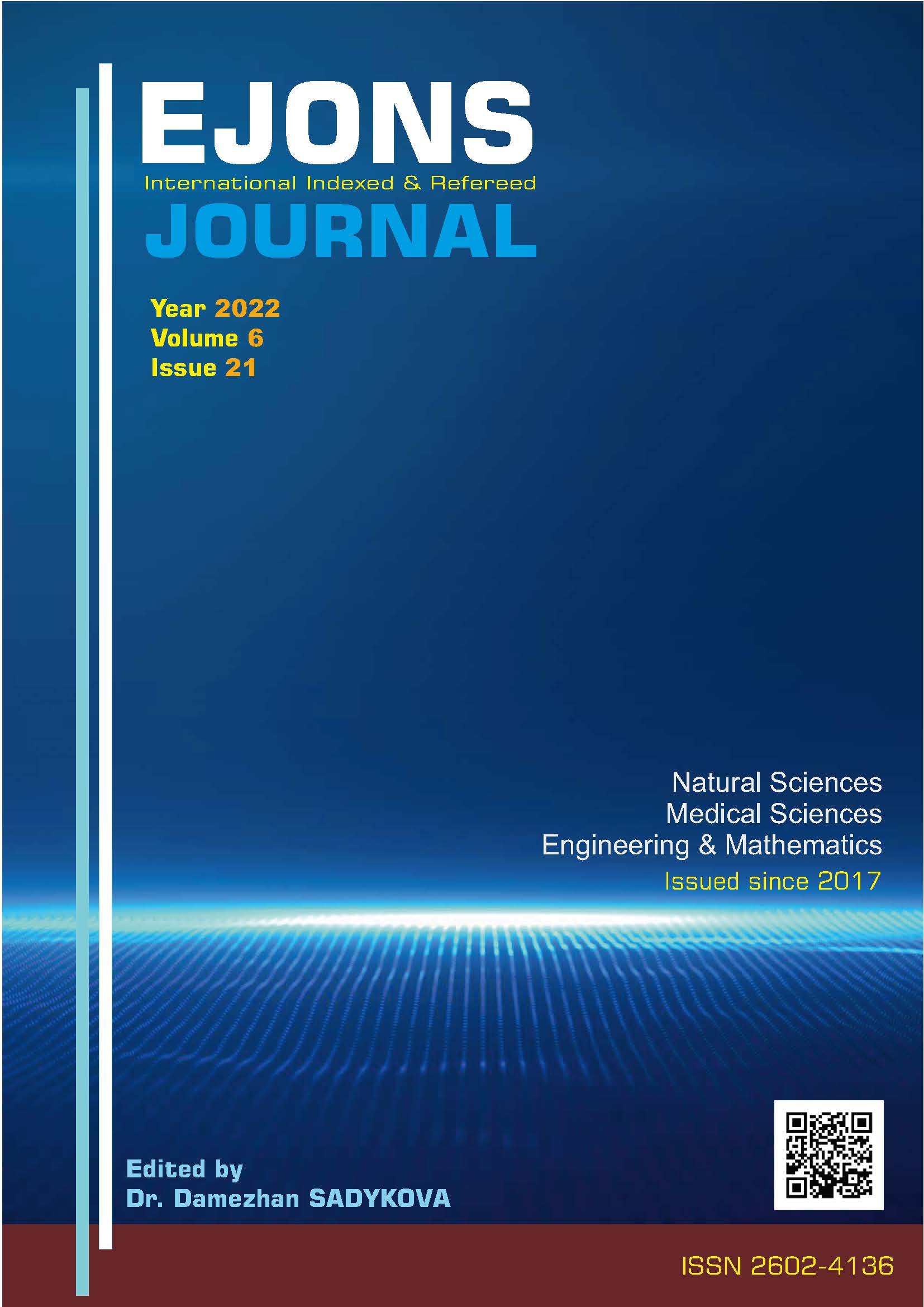Mineral Assemblages and Clay Minerals Distribution in the Surface Sediments Around the Moralli Stream Drainage Basin and the East Coast of the Lake Van: Source, Transport and, Paleoclimatological Approaches (Tuşba, Van/Turkey)
DOI:
https://doi.org/10.38063/ejons.555Keywords:
Fluvio-lacustrine sediments, Lake Van, Clay mineralogy, Paleoclimatogical approachesAbstract
This study aimed to reveal the source, distribution and climate conditions indicated by the clay minerals in the Holocene aged surface sediments by detecting the mineral assemblages and clay minerals belonging to the surface sediments of the source area in the Moralli Stream drainage basin and the eastern shore of Lake Van connected with the drainage basin. The bulk rock and clay fraction analyses were performed by X-ray diffraction method (XRD) to determine the minerals in the fluvio-lacustrine sediments. As a result of bulk rock analysis, amphibole, feldspar, calcite, quartz, mica, pyroxene and clay mineral assemblage, and the clay fraction analysis, illite, kaolinite, chlorite, smectite, mixed-layer chlorite-smectite minerals were determined in the surface sediments. It was concluded that illite, kaolinite, chlorite and smectite minerals detected in the sediments are derived from amphibole, feldspar, mica and pyroxene group minerals found in volcanic, metamorphic and sedimentary rocks outcropped in the study area and subjected to various weathering processes. The illite mineral associated with the chlorite mineral detected in the coastal sediments of Van Lake indicates that the illite mineral is of detrital origin and was transported by the Moralli stream and deposited on the shore of Lake Van. In addition, kaolinite, chlorite and smectite clay mineral associations detected in coastal sediments (pç5, pç-10 and pç-15) indicate that the volcanic material found in Lake Van has the characteristics of a volcanic barrier lake, has been altered in situ. The predominance of the illite, chlorite and kaolinite minerals with good crystallinity in the surface sediments indicates that cold and dry climatic conditions (glacial periods) prevailed in the Holocene period for a long time. In contrast, the presence of smectite indicates that humid and seasonal climatic conditions (interglacial periods) existed for short interval periods.
Downloads
Published
How to Cite
Issue
Section
License

This work is licensed under a Creative Commons Attribution-NonCommercial 4.0 International License.


